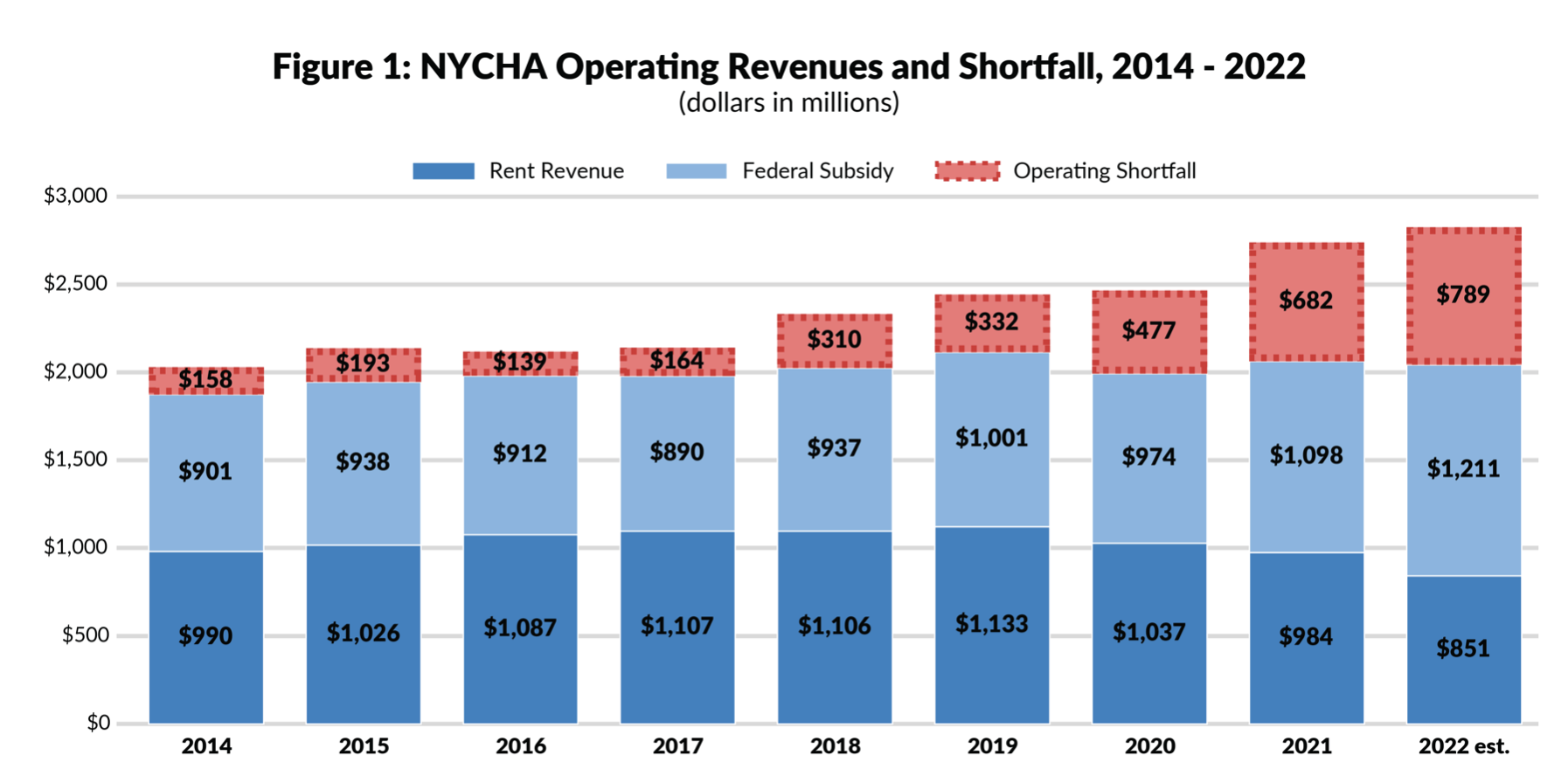A Small Insight Into Why New York Public Housing Is So Costly
/The Mann v. Steyn trial has ended, for now. Post-trial motions and appeals will likely play out over months and years, with little to report on a daily basis. It’s time to return to some of my other obsessions.
Like the New York City Housing Authority (NYCHA). Over the years, I’ve had more than twenty posts on this utterly failed agency, which is probably the best large-scale example of a pure socialist-model economic enterprise in the United States. A few of my prior posts on NYCHA can be found here, here and here.
After starting out with great optimism and hope in the 1940s and 50s, NYCHA began to decline in the 80s and 90s. By 2000 it had entered full socialist death spiral mode. Each year since then, it only gets worse.
One of the ongoing mysteries of NYCHA has long been why it costs the Authority so much more to operate and maintain an apartment than it costs a private landlord.





